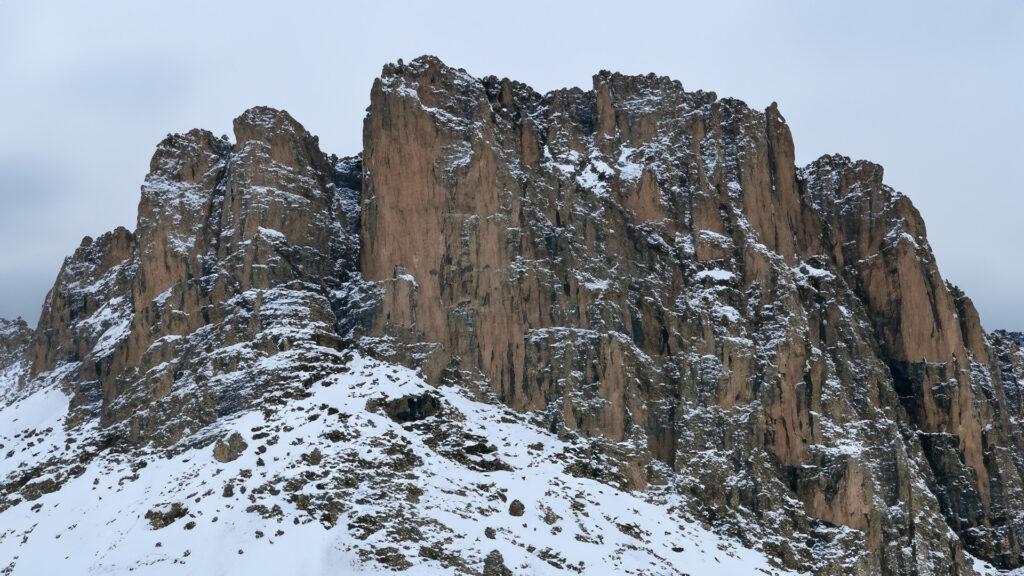I am a complete sucker for climbing films, documentaries and series. I’ve never actually done any climbing. Most of my walks in the mountains have been exactly that – walks. I’ve watched docs like Touching the Void and The Alpinist, and seen dramas such as The Eiger Sanction and of course, Cliffhanger. I’ve also seen the excellent documentary, Free Solo, in which the rock climber, Alex Honnold, becomes the first person to ascend El Capitan in Yosemite National Park free solo. That is to say, he had no ropes.
It’s an incredible film, and beautifully directed by Elizabeth Chai Vasarhelyi and Jimmy Chin. The production team worked with a range of camera operators both on the cliff and shooting from much further afield. But I confess that I could not have watched the film if I hadn’t already been aware that Honnold did indeed make it to the top successfully.
Now Honnold is back in a three part National Geographic Channel (“Nat Geo” these days) documentary called Arctic Ascent with Alex Honnold. The documentary follows Honnold and five companions as they cross Greenland to attempt a previously unclimbed 4000 foot sea wall in a remote part of the country.
This is a fine documentary and we’re introduced to all six of the team who, before attempting the main climb, first cross glaciers and ice sheets, and attempt another climb before the main event. One of the team members is glaciologist, Heïdi Sevestre, who at various points collects core samples of rocks, and measures the ice sheet depth using a radar-type device. A relatively simple yet powerful experiment sees Heïdi dig two snow pits very close to one another, leaving a thin wall of snow between them. Then by darkening one pit (basically pulling a tarpaulin over the top) you can look for lines in the wall and see how frequently the temperature has risen to such an extent that there was a brief “melt” – causing a line to run through the snow. It seems like counting a tree’s age using tree rings.
By studying what happened in the past, we will better be able to understand what climate change is likely to bring for us in the future.
I really enjoyed the two parts I’ve seen so far, with the third airing this evening in the UK.
But I do have one complaint. I don’t think the production is entirely playing fairly with us. We’re told that the “six” are crossing the ice sheet together, when it’s quite clear that there’s a production team accompanying them. We see the six trying towing sleds of gear across the snow, viewed from beautiful drone shots. None of the six seems to be piloting that drone. Even when one team member does use a drone to look for moulans, we get a drone shot of that drone!
Then, when the team climb the first cliff, we get lots of close up shots from what are obviously a production crew being lowered from ropes above. When they reach the top, they magically have skis to continue.
Some of the scientific kit seems very weighty and has clearly been helicoptered in. There is a brief mention of leaving kit for the support team to collect, but it all just seems a very “old” way of making these documentaries. You can’t pretend to be in the middle of nowhere and not reference the crew. Or if you don’t, then don’t pretend there are just six of you.
When they reach the water’s edge at the end of episode two, they’re met by other members of the team in boats. The six main characters have obviously carried out some useful work and been through some tough times, but there are others around too, and it just feels invidious not to mention them.
I still really enjoyed both the parts I’ve seen so far, and will watch the final episode with interest. But in 2024, you have to let some light in on how you’re making a documentary.
Arctic Ascent with Alex Honnold is on Nat Geo in the UK, but seemingly not on Disney+ in the UK, even though there’s a Nat Geo section. In other parts of the world, that may not be the case.
Photo created with Adobe Sensei AI using the prompt: “A sheer cliff in a snowy mountainous landscape“

